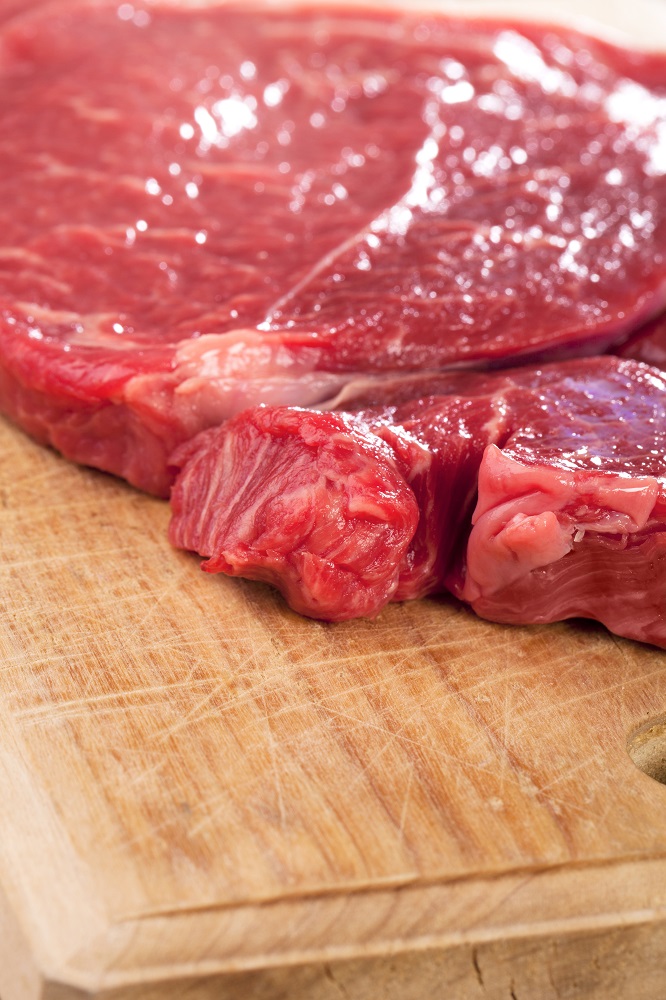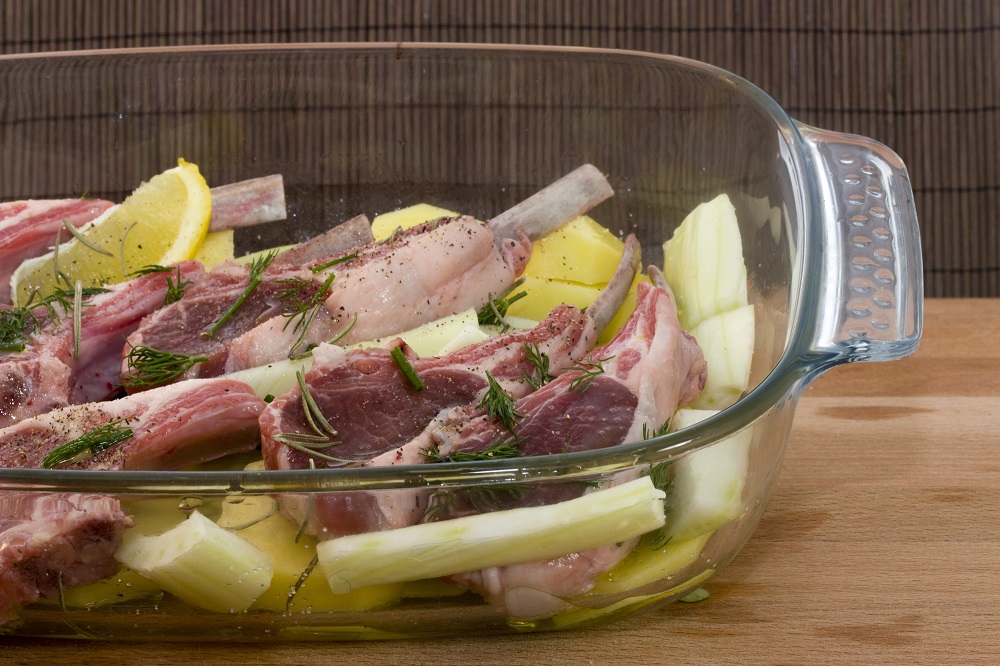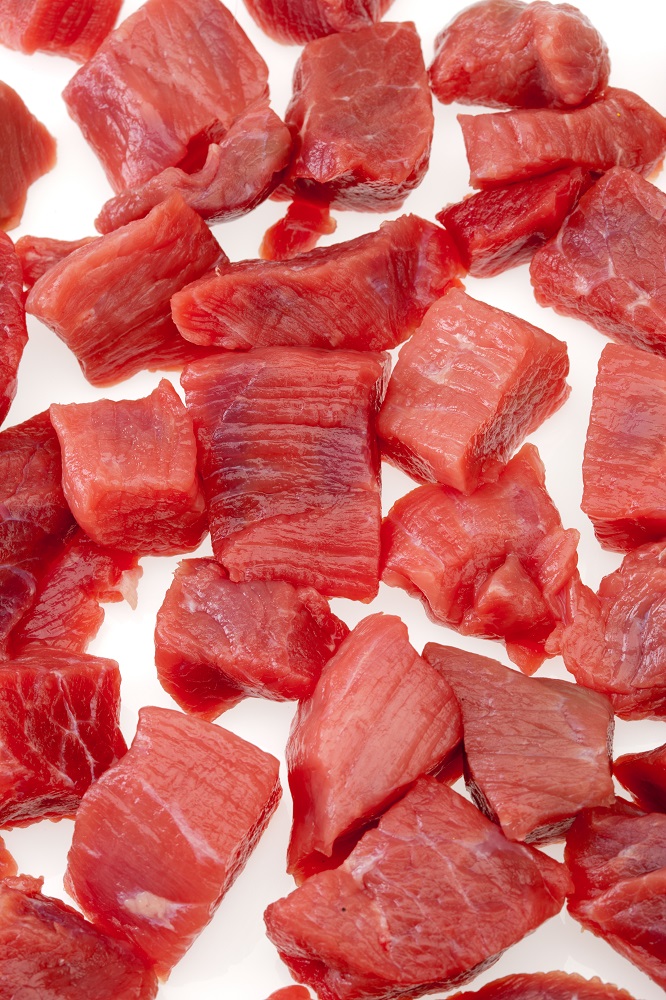- Home
- Blog
- Healthy Eating for Wellness
- How much red meat should you eat?
How much red meat should you eat?
Written by Catherine Saxelby
on Wednesday, 20 November 2019.
Tagged: health, healthy cooking, healthy eating, healthy lifestyle, meat, nutrition

A review released in October may have people wondering if they should be ignoring earlier guidelines on how much red meat or processed meats it's healthy to eat. The series of reviews, published in the Annals of Internal Medicine, has found that there are very few health benefits from cutting red meat consumption.
What does this mean?
This means little benefit for lowering deaths from cardiovascular disease, stroke, myocardial infarction and type 2 diabetes. Not forgetting mortality from all causes, quality of life, and satisfaction with diet among adults. Based on these reviews, an accompanying guideline recommends that most adults should continue to eat their current levels of intake - a finding that is contrary to almost all other guidelines that exist.
 A panel of 14 members, including 3 community members, from 7 countries voted on the final recommendations. Strict criteria limited the conflicts of interest among panel members. Four systematic reviews addressed the health effects associated with red meat and processed meat consumption, and one systematic review addressed people's health-related values and preferences regarding meat consumption.
A panel of 14 members, including 3 community members, from 7 countries voted on the final recommendations. Strict criteria limited the conflicts of interest among panel members. Four systematic reviews addressed the health effects associated with red meat and processed meat consumption, and one systematic review addressed people's health-related values and preferences regarding meat consumption.
The experts say the actual reductions in risk were often trivial for people lowering their red or processed meat consumption meals, and any links between meat consumption and negative health effects were likely to be uncertain.
Based on these 5 new high-quality systematic reviews, a panel of experts recommends that most people can continue to consume red meat at their current consumption levels. And possibly the older guidelines stating how much red meat we should eat should be reviewed.
What the experts say
Expert responses have been mixed but there are two similar thoughts:
- Recommendations for reductions in meat intake are not actually that different from what we now consume. Australian guidelines say one serve means about 90-100g raw or uncooked red meat or 180-200g raw meat every second day. This means around 700 g raw a week which translates to three smallish steaks three times a week which is not much for some. See how your intake compares.
- This study ignores the issues of animal welfare and sustainability, which are both important factors in deciding whether to eat meat or not. For instance, consuming meat requires the killing of animals, many of which have already had miserable lives in the meat ‘industry’. What's more, meat production also contributes to land degradation, loss of biodiversity, acid rain and deforestation. It also causes almost a fifth of all greenhouse gas emissions, at a time when climate change ravages ecosystems and livelihoods around the planet.
NOTE: The review did not compare meat eaters with those following a vegetarian diet but was designed to look at whether a reduction in red meat consumption was justified.

My recommendations
This is what I recommend when it comes to eating red meat.
- Red meat such as beef and lamb is valuable for its content of iron, zinc (both of which are low in the average diet), protein and vitamin B12 (low for vegans and vegetarians). If it's grass-fed, as much of our beef is and almost all of our lamb is, then red meat contributes to our omega-3 intake, simply because we eat so little fish. Don’t ignore kangaroo, goat and venison too, and sausages made from all meat.
- Humans have eaten meat since early times and it is credited with helping us become the dominant species on the planet.
- If you eat meat, eat it with lots of vegetables and legumes (lentils, chick peas, beans). The golden rule is to fill your plate with half non-starchy vegetables, one quarter protein such as red meat and finally one quarter starchy carbohydrates like potato, rice and pasta.
- Australia has a culture of eating meat and much of our land is not suitable for cropping but it is suitable for grazing animals.
One group who should cut down
Studies from Australia show that men eat too much meat and not enough veggies and they are resistant to the ‘eat less meat’ message.
show that men eat too much meat and not enough veggies and they are resistant to the ‘eat less meat’ message.
The studies also show that women and girls are already at the recommended low levels of meat but it’s the men who need to reduce – but not cut out completely and they need to eat better quality fresh meats, not hot dogs or bacon or other processed meats.
I don’t believe one needs to go vegan or cut out meat completely. One can still enjoy the benefits of vegetables without swearing off all meat.
It’s all about reducing meat consumption, saying “no” to processed meats, and boosting consumption of vegetables.
The bottom line
There’s no problem with a modest intake of meat. If you consume meat, make sure you eat it along with lots of vegetables, whole grains and legumes - which is entirely different from a meal consisting of bacon, burgers or sausages with few plant foods and a high intake of refined grain foods such as soft buns and fried chips.
The magnitude of association between red meat consumption and mortality and adverse cardiometabolic outcomes is very small. And the evidence is of low certainty. If you already eat meat, there’s no need to reduce it any further.
Say “No” to processed meats such as salamis and bacon. I tend to view them as an early form of processing needed in the days before there was refrigeration.
Foodwatch
The Good Stuff
The Boring Stuff
© 2025 Foodwatch Australia. All rights reserved
Website by Joomstore eCommerce





